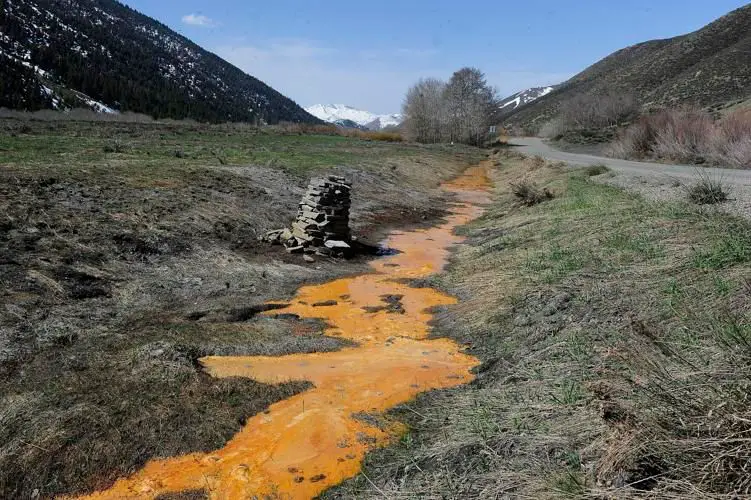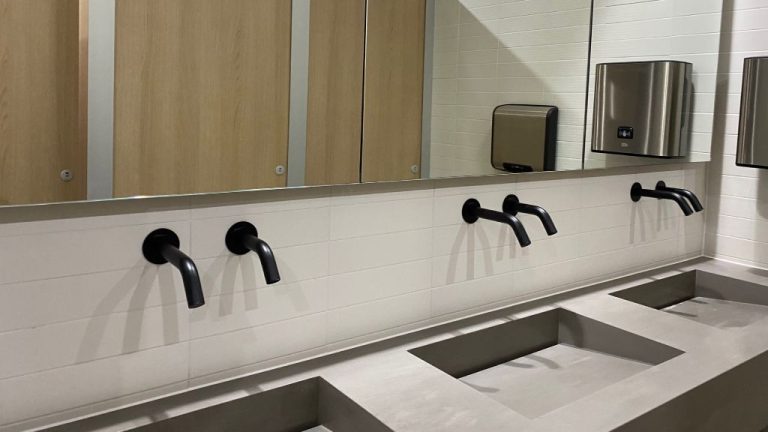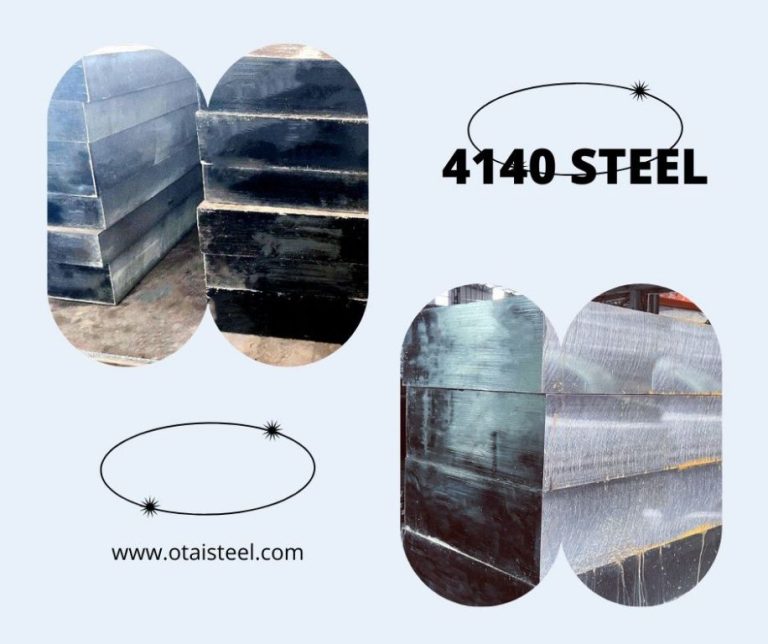Can Mud Become Clay In Minecraft?
In Minecraft, mud and clay are two distinct blocks with different properties. Mud is soft and wet, while clay is hard and firm. Though they may look similar, they have very different uses in the game.
Mud can be transformed into clay through a few different methods in Minecraft. By drying it out, using bone meal on it, or smelting it in a furnace, players can solidify muddy blocks into sturdy clay. Clay can then be crafted into clay blocks, bricks, or pottery. This process allows players to generate renewable clay resources.
What is Mud?
Mud is a fluid block found near water sources in Minecraft https://servers-minecraft.net/article/make-mud-minecraft. It is made from dirt blocks mixed with water, which changes the dirt into a muddy substance. Mud comes in a few different variations such as mud, muddy mud, and mud bricks. These variants have slightly different textures and properties, but all share the core characteristics of being fluid blocks formed when dirt and water combine.
When water flows over dirt blocks, it can turn them into mud blocks. This is most commonly seen in swamp biomes, where water frequently flows over the dirt terrain, transforming areas into muddy marshes. Players can also manually create mud by using a water bucket or bottle on a dirt block. The fluid nature of mud allows it to spread and flow slowly across blocks, similar to lava. It can turn back into regular dirt if dried out by absorbing the water source or being placed next to heat blocks like lava.
What is Clay?
Clay is a solid block crafted from clay balls in Minecraft. It is mined from clay deposits that generate underground near bodies of water such as rivers and swamps. Clay has a distinct pixelated texture and appears as an off-white gray color. Once mined, clay can be crafted into clay balls which are one of the main components for crafting bricks and terracotta blocks.
Some key facts about clay in Minecraft:
- Mined from underground clay deposits, usually near water
- Crafted into balls that are used to make bricks, terracotta, etc.
- Has a distinct pixelated and noisy texture
- Appears as an off-white or light gray block
Clay is an important renewable resource in Minecraft that is utilized to craft various decorative and functional blocks. Having a ready supply of clay balls allows players to easily create bricks, terracotta, flower pots, and other helpful items.
How Mud Becomes Clay

In Minecraft, mud has a chance of turning into clay each game tick when exposed to air. This transformation process happens automatically over time, but can be sped up significantly using bone meal. As described on the Minecraft Wiki – Fandom, bone meal increases the speed that mud turns into clay by causing “random block ticks” to occur more rapidly.
Specifically, bone meal forces the mud blocks to check if they will transform into clay multiple times per second. Without bone meal, this check happens much more infrequently as the game executes natural random block ticks. So applying bone meal will cause clay to generate much faster from mud blocks.
Clay Balls from Mud
One way to get clay in Minecraft is by breaking naturally occurring clay deposits, which will drop clay balls. According to the Minecraft Wiki, breaking a clay block with any tool besides Silk Touch will cause it to drop 4 clay balls. The number of balls dropped is not affected by the Fortune enchantment.
These clay balls that come directly from breaking clay blocks can then be used to craft clay blocks, without having to go through the process of drying out mud. So if you come across natural clay deposits while exploring, mining clay blocks is a quick way to gather clay materials.
Using Bone Meal on Mud
One way to speed up the process of mud turning into clay is by using bone meal. Bone meal acts as a fertilizer in Minecraft and can be used to accelerate the growth rate of plants and fungi. When applied to mud, bone meal increases the chance per game tick that the mud will convert into clay.
This makes the process much faster compared to letting mud naturally dry out and turn into clay over time. According to the Minecraft Wiki, bone meal causes mud to convert at a rate of 25% per use. So it will usually take 3-4 bone meal applications for mud to fully transform into clay.
Bone meal can be crafted from bones or obtained by killing skeletons and wither skeletons. It’s a renewable resource, so players have an easy way to mass produce clay by using bone meal on mud. This can be very useful for quickly gathering large amounts of clay needed for builds or other projects.
In summary, applying bone meal to mud blocks is an efficient method to convert them into clay in Minecraft. The bone meal fertilizing effect drastically speeds up the drying process that happens naturally over time. Just remember to stock up on bones or bone meal first!
Drying Mud Manually
While not as efficient as using bone meal, players can still manually dry mud into clay by breaking mud blocks in Minecraft [1]. Using a shovel, pickaxe, or any other tool, repeatedly destroying mud blocks will eventually turn them into clay blocks. Each mud block takes time and effort to break before transforming into clay.
This manual process can be tedious and time-consuming. However, it allows players to obtain clay without having to find or craft bone meal. It is especially useful early in gameplay when resources are limited. Players short on bone meal who need to craft clay items will have to dry mud the hard way. While not ideal, manual drying remains a viable option when bone meal is scarce.
Manual drying also works in the Nether, where mud blocks dry instantly when broken [2]. This rapid drying makes the Nether the optimal location to manually farm clay, despite the hazardous environment. Overall, while manual drying requires more player effort, it provides a reliable way to convert mud to clay without bone meal.
Clay Farming Tips
There are a couple effective methods for farming large amounts of clay in Minecraft.
One option is to dig underground to find and harvest natural clay deposits. Clay generates naturally near water underground, often alongside dirt, gravel and granite. Digging tunnels at diamond level (Y 15) is a good way to locate clay deposits. Always have an iron or diamond pickaxe when mining for clay, as it is most efficiently mined with these higher tier tools. Remember to light the tunnels as you dig to prevent hostile mob spawns.
Another efficient method is creating an automatic mud farm using water and bone meal. You can create a field of dirt, then flood it with water so the dirt transforms to mud. Apply bone meal to the mud blocks to get clay; the bone meal quickly cycles the mud through to clay. Hoppers below the mud can collect the popped out clay balls automatically. This farm design lets you easily harvest large amounts of clay.[1]
Uses for Clay
Clay has a variety of uses in Minecraft. Some of the main uses include:
Crafting bricks, flower pots, etc. – Clay can be used to craft bricks, clay blocks, flower pots, and glazed terracotta. Bricks and clay blocks are great decorative blocks for buildings and terraforming landscapes. Flower pots allow players to place flowers and other small plants for decoration.
Decorative clay blocks – In addition to regular clay blocks, players can craft and find special clay block variants like terracotta, white terracotta, blue terracotta, etc. These come in vibrant colors and patterns, making them popular decorative blocks.
Trading with villagers – Mason villagers will buy and sell clay products like bricks, flower pots, and glazed terracotta. Trading with villagers allows players to obtain emeralds and other loot.
Other uses – Clay can also be used to craft items like dripstones and pointed dripstones which generate naturally in caves and cliffs. It is an important renewable resource.
Conclusion
Mud transforming into clay over time is a natural process that can be sped up in Minecraft. When mud is exposed to air and sun, the water evaporates, leaving behind clay material. This process can take a while, but there are a few techniques players can use to produce clay more quickly.
As discussed, clay balls can be obtained from mud by using bone meal to accelerate the drying process. Players can also collect mud and place it out to dry, though this is time consuming. Creating dedicated mud farms with hoppers and chests automates clay production by collecting and storing dried mud balls that turn into clay.
With a basic understanding of how mud transitions into clay in Minecraft, players can utilize these techniques to generate clayballs for crafting and building projects.




